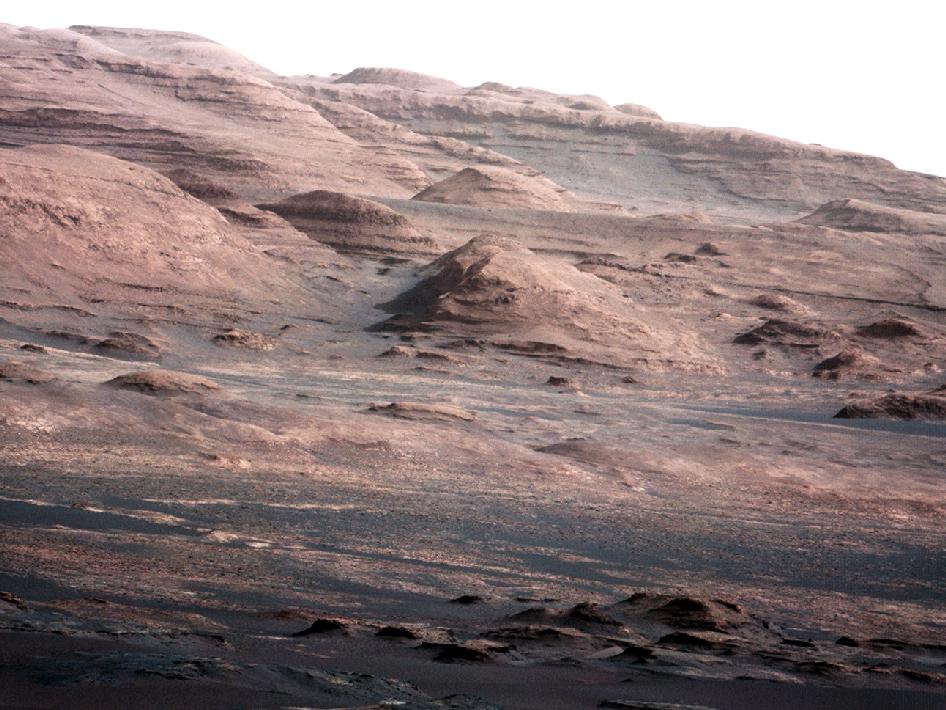
Despite the disappointing news of the cancellation, NASA has enjoyed a great year.
Planetary science fans may be disheartened to learn that NASA’s planned March 2016 launch of the Insight mission to Mars has been canceled due to concerns over its functionality.
According to cnbc.com, the exploration was to have been of the Red Planet’s seismic activity. However, scientists are hopeful that a review of the instruments and a fix of whatever is wrong will move the Insight forward for a launch in two years.
Despite the disappointing news of the cancellation, NASA has enjoyed a great year. A 2015 year in review takes us back to many memorable moments.
Recently, Boeing and Space X were two awarded contracts to fly commercially supplied crew missions to the International Space Station, as well as a contract to build spacecraft that could transport space crews and cargo to the ISS. These packages represent three of four guaranteed contracts.
NASA officials are raving about two rockets which were successfully launched and brought to Earth intact by the Space X and Blue Origin companies, making reuse of the vessels possible and the savings astronomical. Normally, rockets destruct on landing.
Among other achievements in space exploration this year: scientists received the clearest images ever recorded with NASA’s launch of the New Horizons mission around Pluto. Although Pluto is farther from became the first Earth than many other planets, it is the only planet that gives gives scientists more clues about Earth’s formation. Near Pluto, dwarf planet Ceres received some recognition after the Dawn spacecraft traveled 3.1 billion miles to orbit the planet, a first ever feat.
NASA discovered strong evidence Mars may have flowing water; another planet has been discovered in the “habitable zone” and has existed for six billion years and might be “hosptiable for life”, according to NASA; Hubble, the spacecraft has marked its 25th year of sending stunning space image to Earth; and Saturn’s icy moon, one of 62, has also had a flyby from NASA’s Cassini spacecraft.

Ceres(Asteroid belt) and Pluto(Kuiper belt)are very far apart, not near each other. You sound like you do not have a clue about what you are taking about.
Chris Landau(geologist)